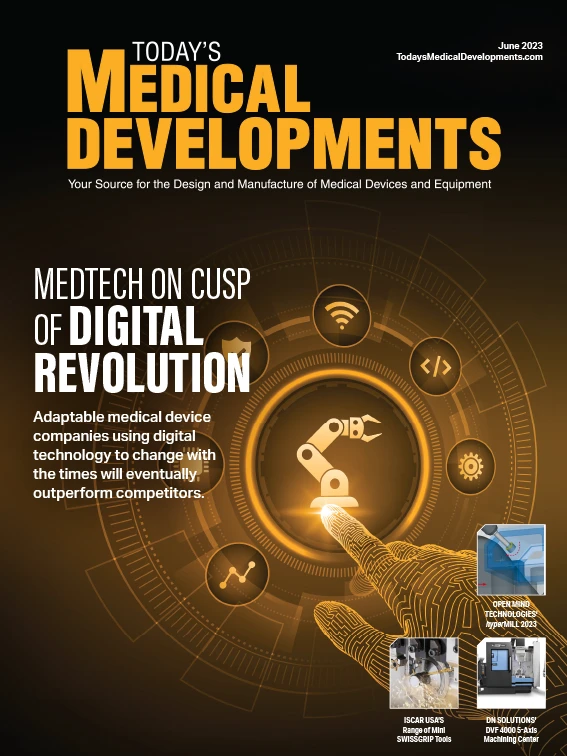
1. I have a requirement for magnetic annealing, what’s the purpose of this process?
Magnetic annealing is performed to increase the magnetic permeability of certain materials. The annealing process removes residual strain from the manufacturing process and recrystallizes the material. This maximizes the metal’s properties as an effective magnetic shield, or ensures the material will magnetize easily (low coercivity) then demagnetize easily (low remanence) in a magnetic solenoid device.
2. Do I perform the magnetic annealing process before or after machining operations? I would like to anneal the raw material then machine afterwards for ease of manufacturing.

Since one of the main reasons for magnetic annealing is reducing strain from the manufacturing process, optimum properties are always achieved after all other manufacturing processes take place. Challenges are then encountered in fixturing components during annealing due to finished surfaces being present. Challenges may also be present during post-anneal handling and packaging/shipping. This is due to the material’s loss of relative strength and increased ductility. Choose a heat-treat supplier that’s versed in magnetic annealing and they’ll be able to partner with you to solve these challenges and mitigate inherent risks.
3. What is the ideal type of furnace for magnetic annealing?
Historically, a hydrogen atmosphere furnace was preferred for magnetic annealing. This method prevents surface oxidation that would need to be mechanically removed prior to service. A hydrogen atmosphere is also reducing and can improve the material’s properties by degassing certain undesirable residual elements from the base metal. Of course, hydrogen’s very reactive and there are considerable safety concerns with this type of furnace/method. In modern manufacturing scenarios a vacuum furnace using a hydrogen partial pressure is widely chosen as it’s safer than a full hydrogen atmosphere, prevents surface oxidation, and is an effective reducing atmosphere.
4. I just received my parts from magnetic annealing and they have a crystalline appearance. Should I be concerned?
No, this is what you want to see! This appearance means the parts are thermally etched and the strain that occurred at the grain boundaries during the manufacturing process is effectively relieved. This also means the atmosphere controls during the annealing process proved to be correct and effective. This appearance isn’t always evident based on the alloy and required annealing process, however, in this case it’s an indicator of a quality magnetic annealing process.
For more information:
https://solaratm.com


Explore the June 2023 Issue
Check out more from this issue and find your next story to read.
Latest from Today's Medical Developments
- STUDER looks back on a solid 2024 financial year
- HANNOVER MESSE 2025: Tailwind for industry
- Find out the latest developments in tool path strategies for machining
- Building, maintaining the Navy’s next generation of maritime platforms
- Pioneering battery-free cardiac implants
- KBC Tools & Machinery marks its 60th anniversary, Founder’s Day
- Address the challenges of machining high-temperature aerospace components
- Elevate your manufacturing operations with April’s Manufacturing Lunch + Learn







